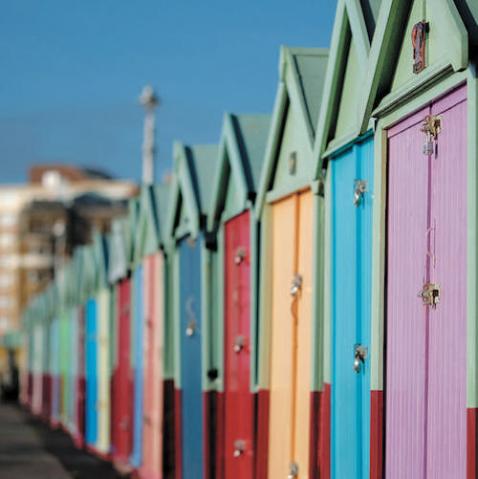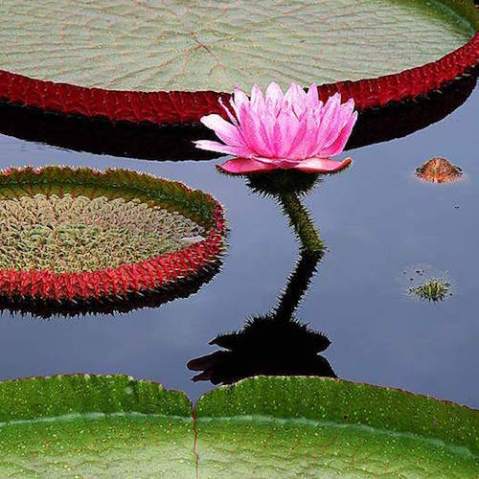Camera monochrome modes: when to use them and when to avoid them

Nowadays, cameras are packed with features, and black-and-white or monochrome modes are very common. They allow you to set the camera so it creates a black-and-white picture and then review it on the LCD panel immediately after taking it. While this can be informative, there are one or two downsides.
Why opt for a colour JPEG?
If you decide to shoot JPEG, you’re better off shooting in colour. Your camera’s black-and-white modes can certainly create a decent quality black-and-white JPEG and also provide some creative control—usually choices like ‘red filter’ or ‘yellow filter’—but you might not find that’s quite enough. Those filter options mean that you’re not entirely surrendering your creativity to a software engineer’s assumptions. Nevertheless, a black-and-white JPEG does significantly limit your creative flexibility down the line. The camera throws away all the colour data when it bakes the black-and-white JPEG, so you can never print a colour version of the photo or use the red, green, and blue channels to fine tune a black and white. If you do prefer JPEG, take the picture in colour.

2. If your camera provides picture styles, it will certainly offer black-and-white as a choice.
Shooting in Raw
Monochrome modes are much less limiting if your camera is set to Raw format. The camera will save a Raw file which consists of the original colour data in its entirety, some proprietary black-and-white-processing instructions, and also one or more black-and-white thumbnails.
The preservation of all the Raw image data means that you retain complete flexibility to produce colour and a range of black-and-white interpretations of the picture. That’s good.
The black-and-white processing instructions are only relevant if you use the camera maker’s own software to process the pictures.
Also in the Raw file are one or more black-and-white thumbnails. The camera displays these on its LCD panel, and they may also be available on your computer in Windows Explorer or Apple Finder, for example. There’s no doubt that seeing a black-and-white picture on the LCD panel does help some people imagine what the final black-and-white picture will look like, for instance: Are important elements distinguished from each other? But remember the LCD panel is only one of the many possible black-and-white interpretations that you can create from the picture.
So there is something to be said for using your camera’s monochrome modes in conjunction with Raw formats. Don’t be afraid to give them a try.
101 Top Tips for Black & White Digital Photography is John Beardsworth’s exploration of the most powerful techniques for converting your colour shots into stunning, high-quality black-and-white photos, with detailed explanations of how each tool works and why you should try it on your own images. In addition to providing an abundance of step-by-step instructions with brilliant imagery, Beardsworth also teaches the aesthetic value of black and white, and how to visualize the creative potential of each shot.
[one_whole boxed=”true”]
 101 Top Tips for Black & White Digital Photography, by John Beardsworth
101 Top Tips for Black & White Digital Photography, by John Beardsworth
£6.99 Download the PDF now!
This PDF version retains the styling of the original print book.
RRP for print edition: £14.99
[button color=”Accent-Color” size=”small” url=”https://www.ilexinstant.com/product/101-top-tips-for-black-white-digital-photography/” text=”Digital Edition”] [button color=”Accent-Color” size=”small” url=”http://www.amazon.co.uk/dp/1908150904?tag=ilexpresscom-21&camp=1406&creative=6394&linkCode=as1&creativeASIN=1908150904&adid=1RBP7VCJ0BNN4TY98XQ5&&ref-refURL=http%3A%2F%2Fwww.ilexinstant.com%2Fproduct%2F101-top-tips-for-black-white-digital-photography%2F” text=”Amazon UK (Print)”]
[button color=”Accent-Color” size=”small” url=”http://www.amazon.com/Tips-Black-White-Digital-Photography/dp/1908150904/ref=as_li_qf_sp_asin_til?tag=ilexinst-20&linkCode=w00&creativeASIN=1908150904″ text=”Amazon USA (Print)”]
[/one_whole]







